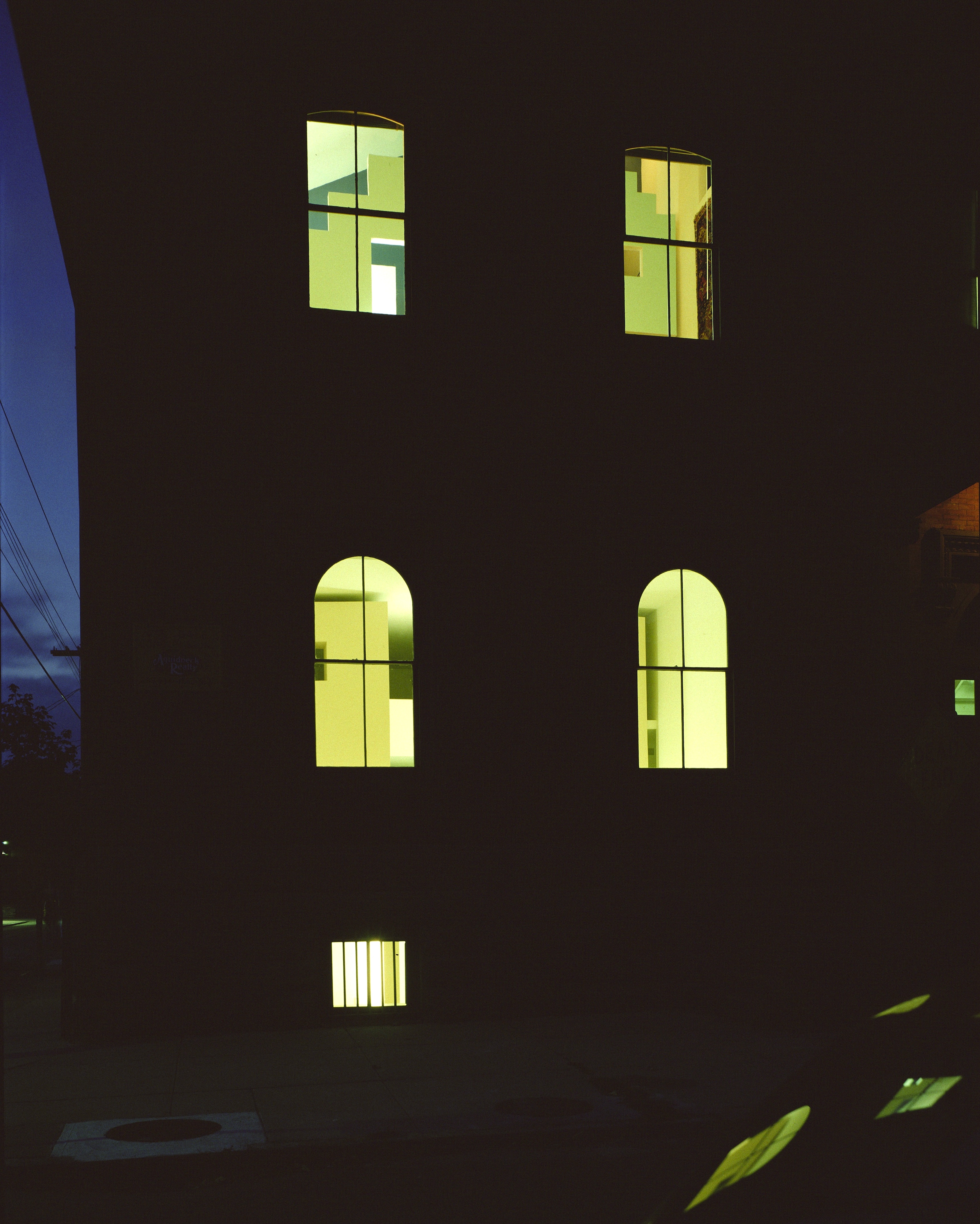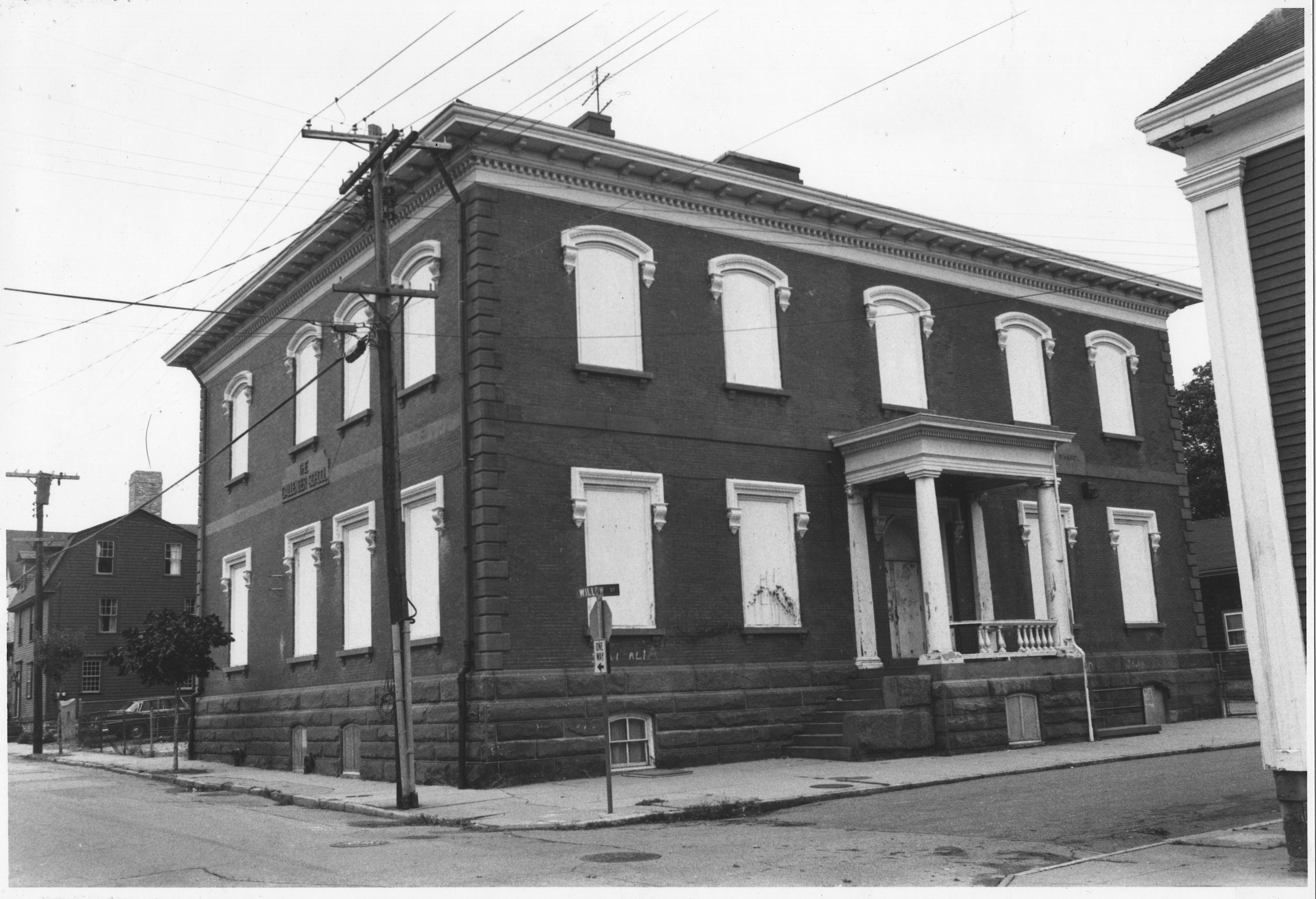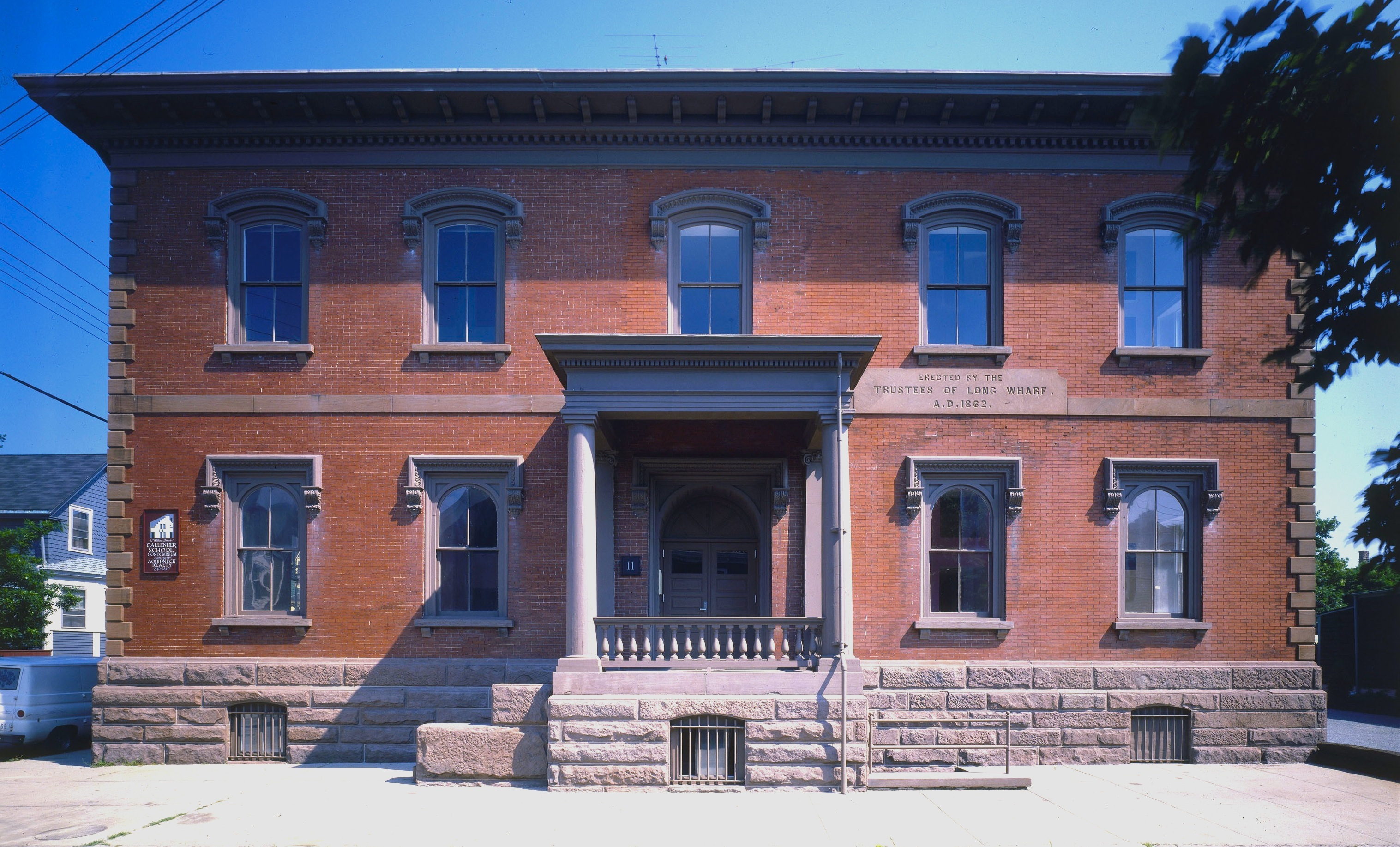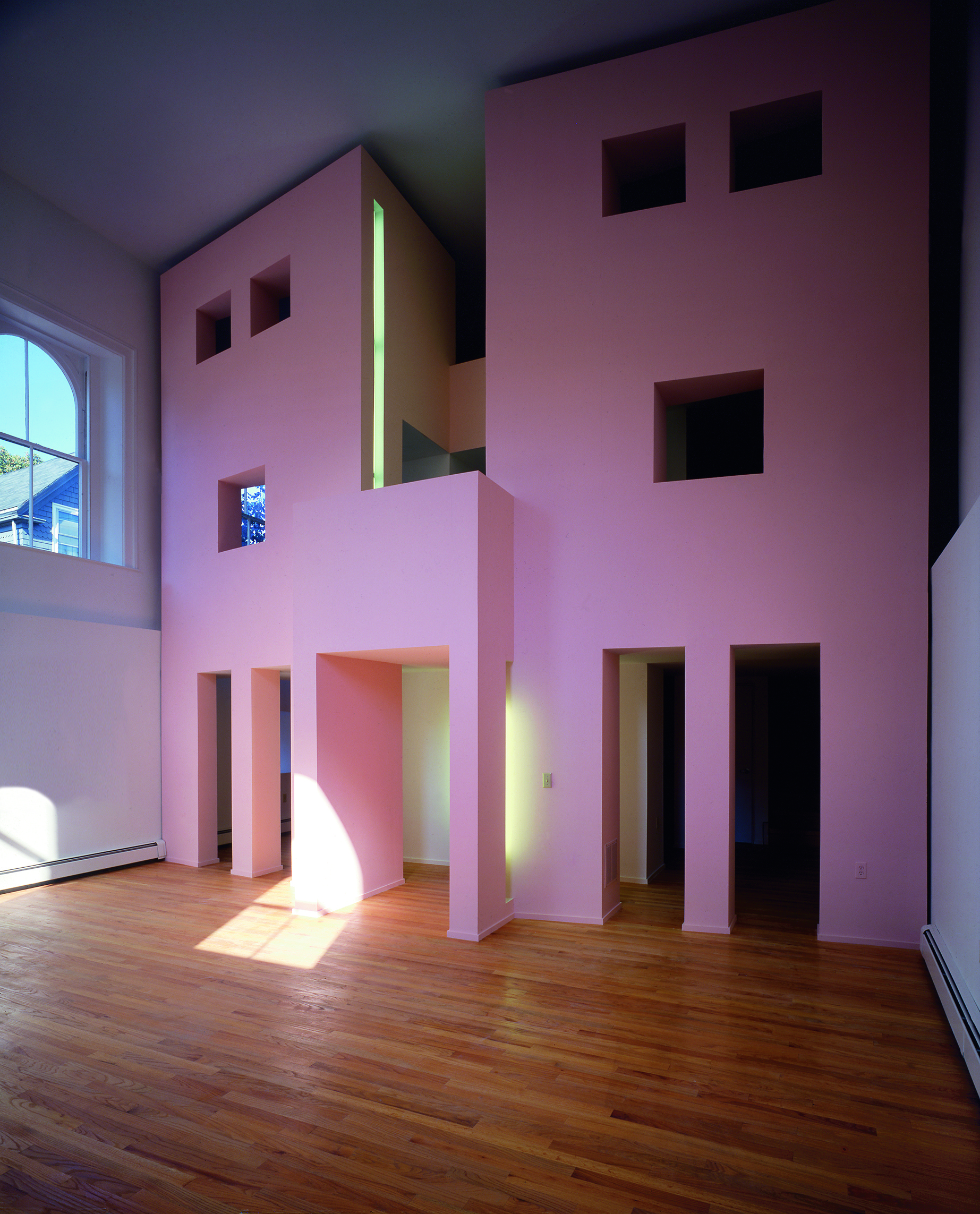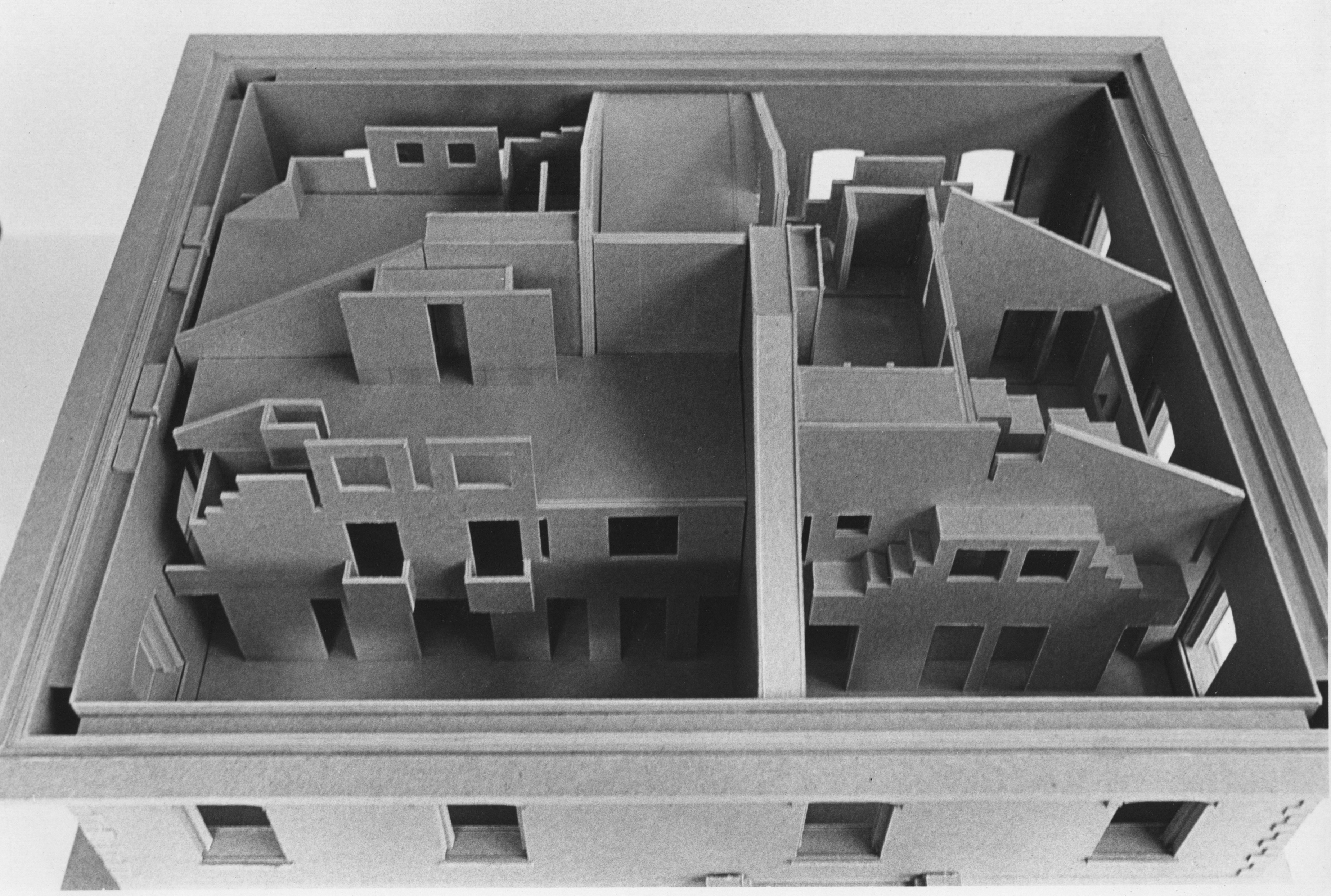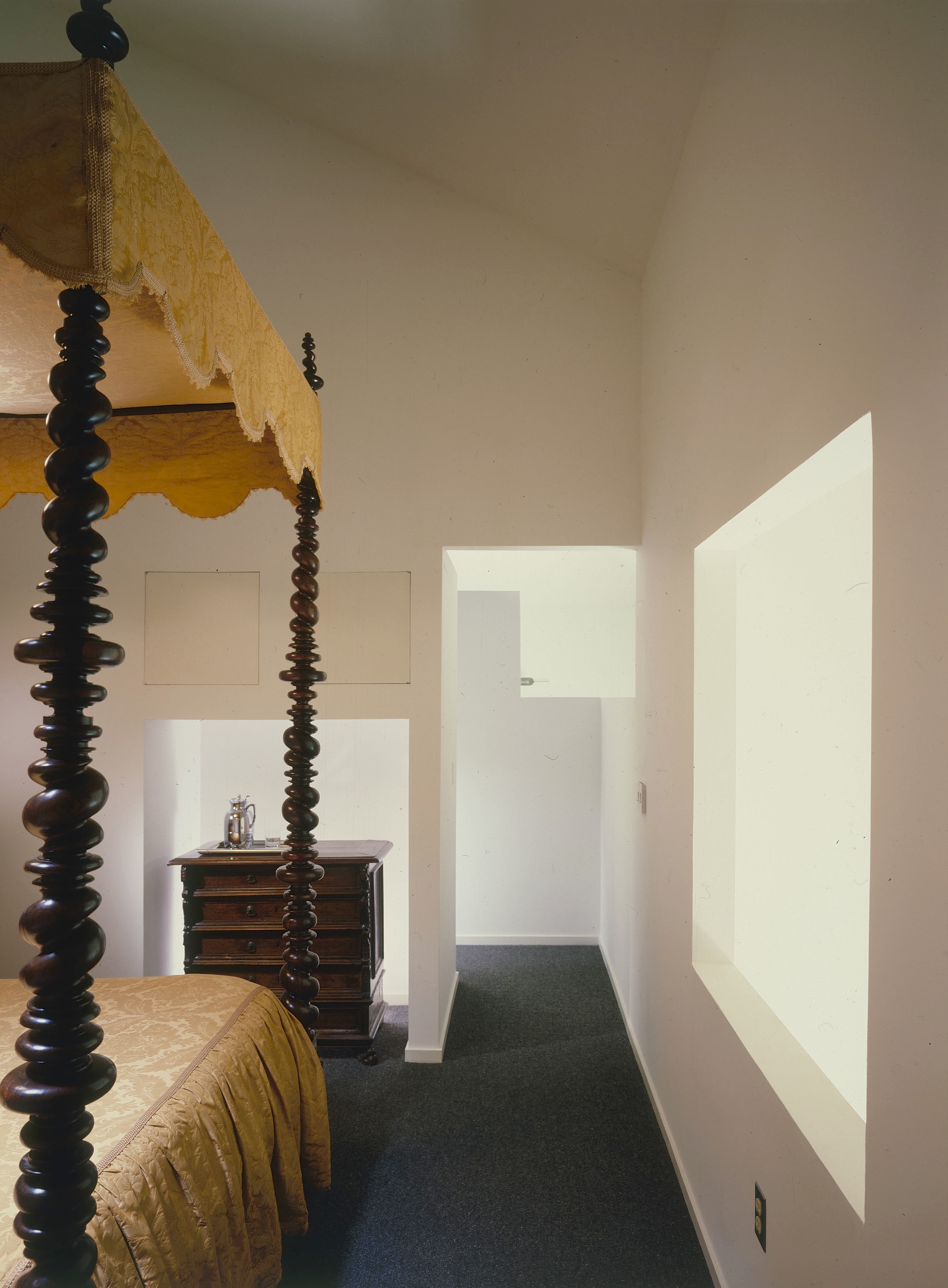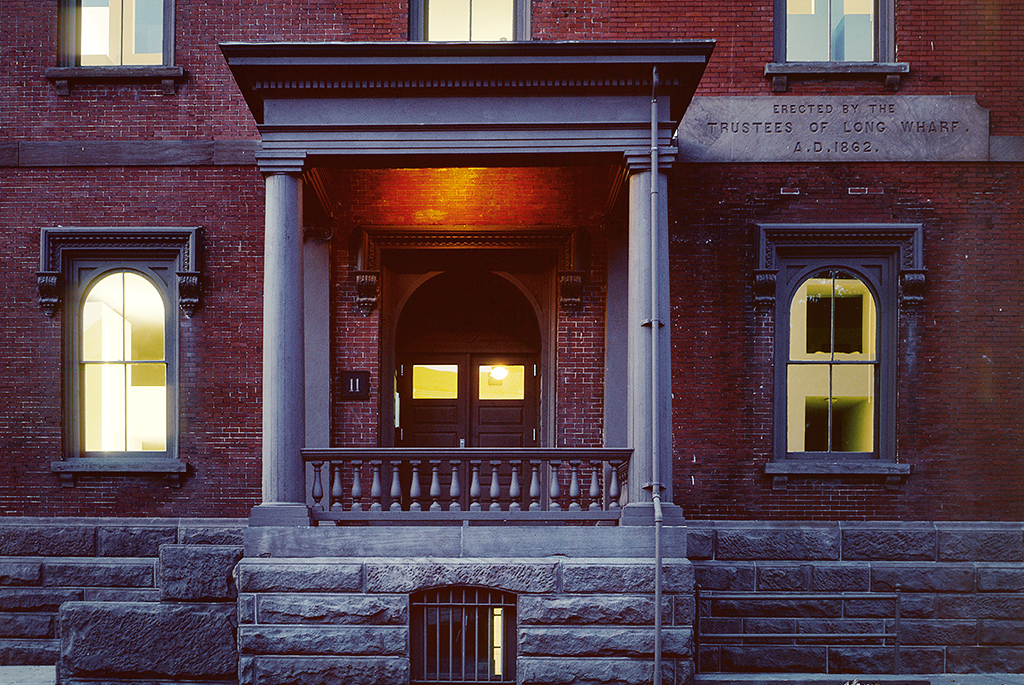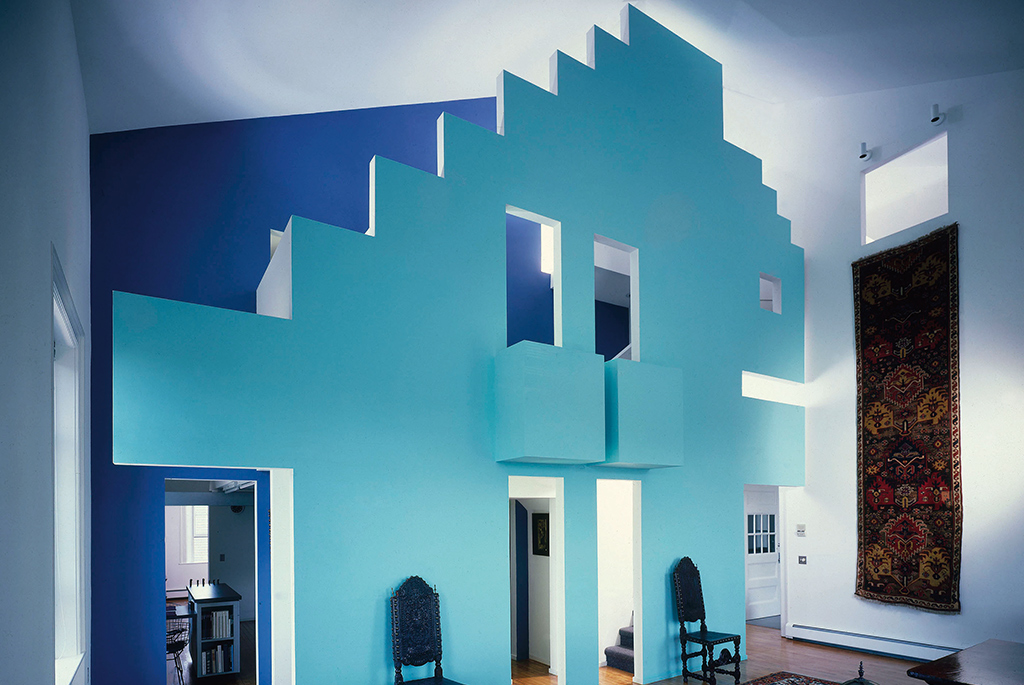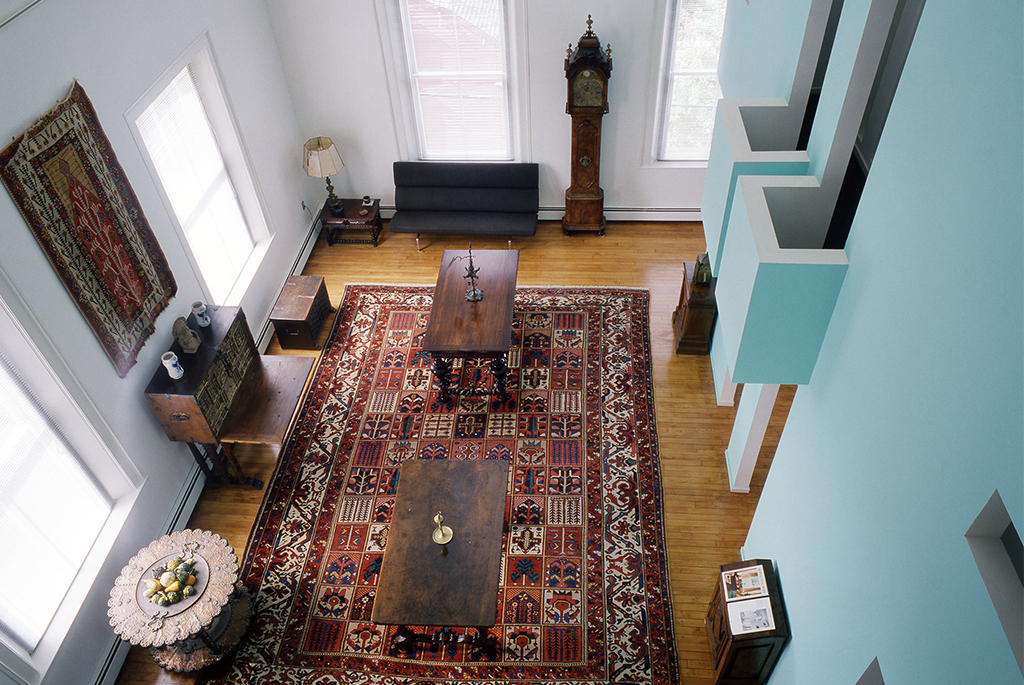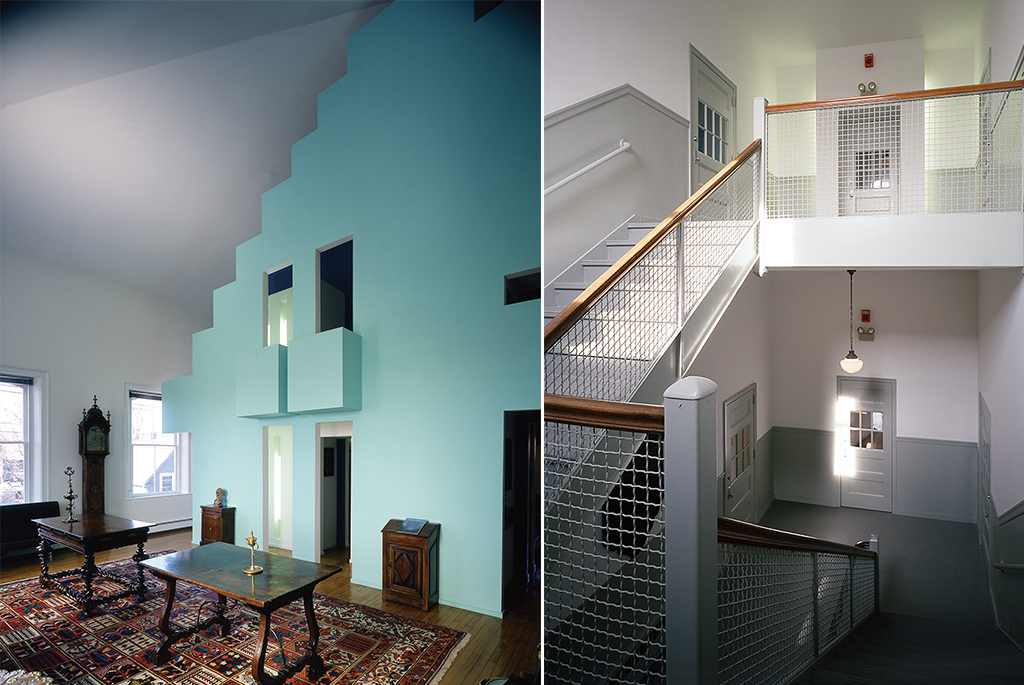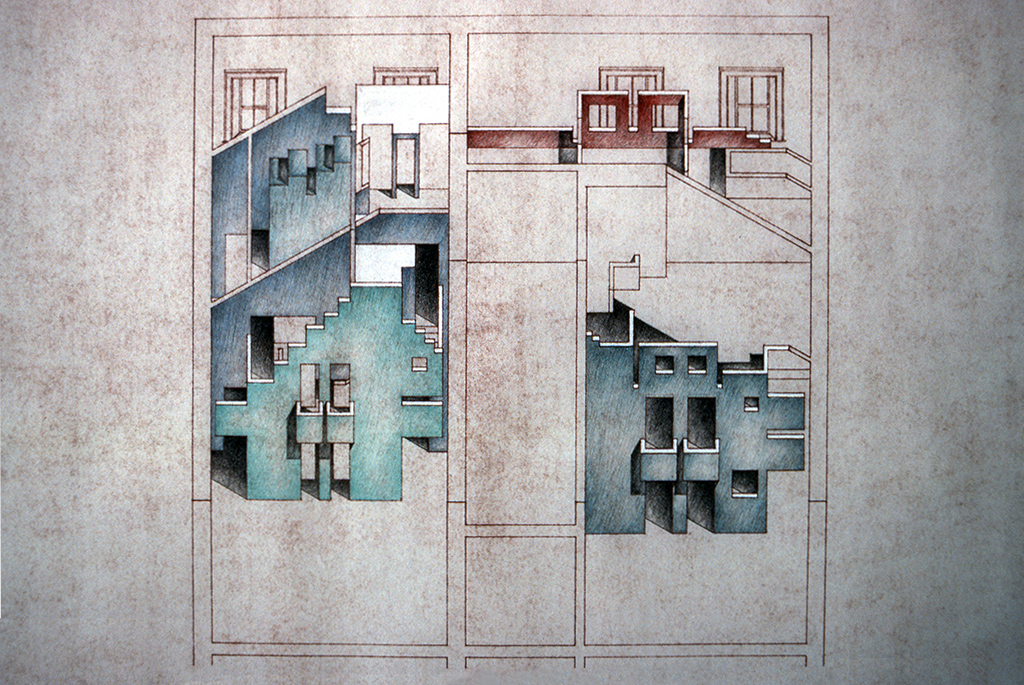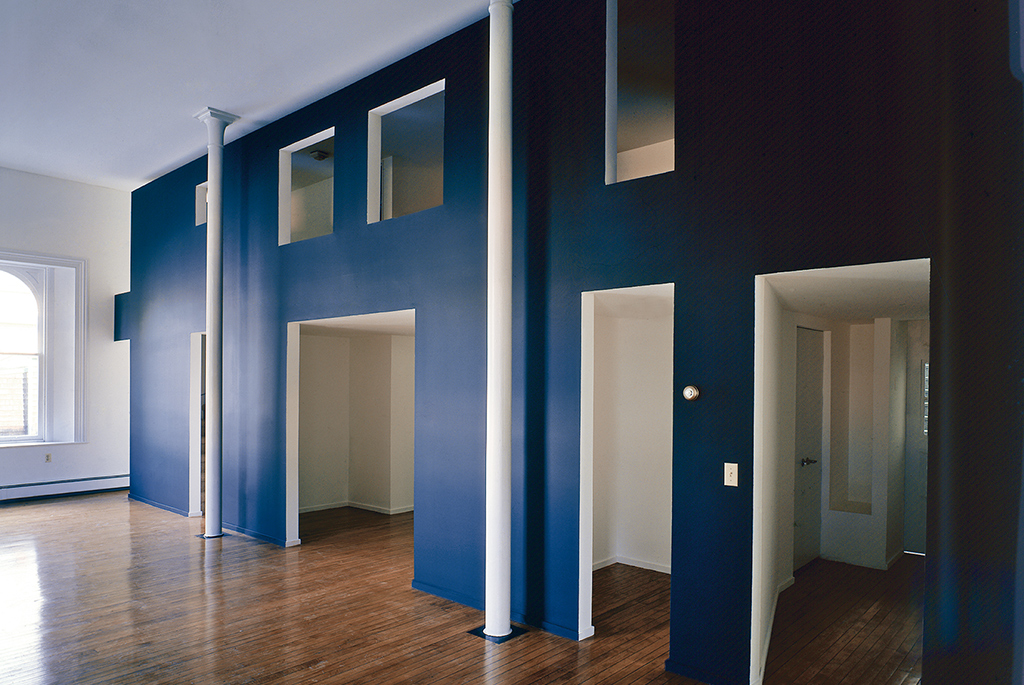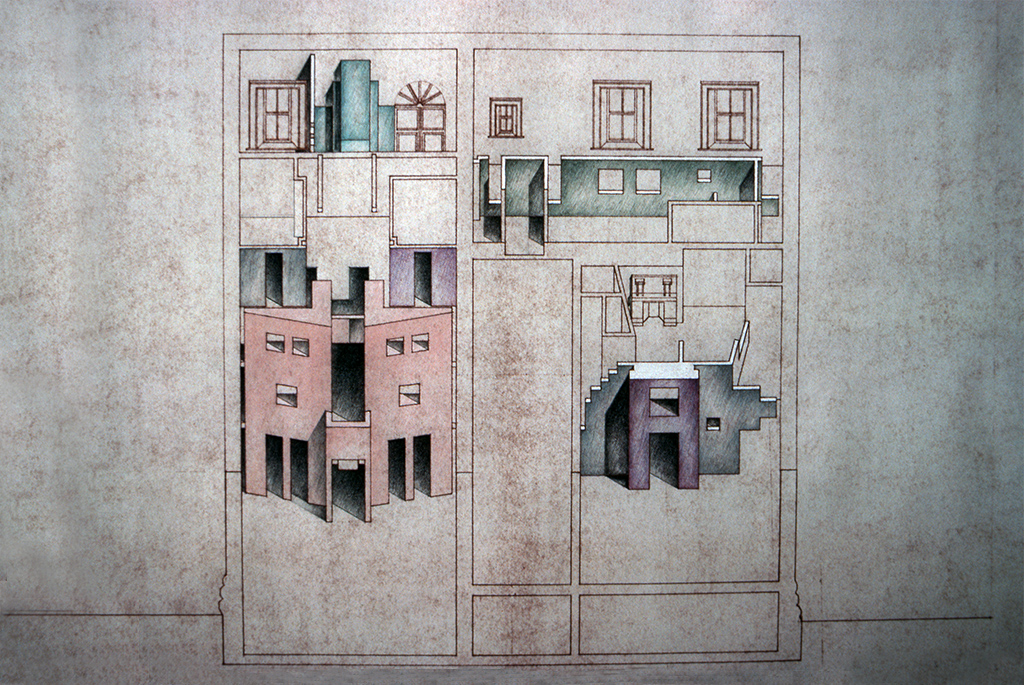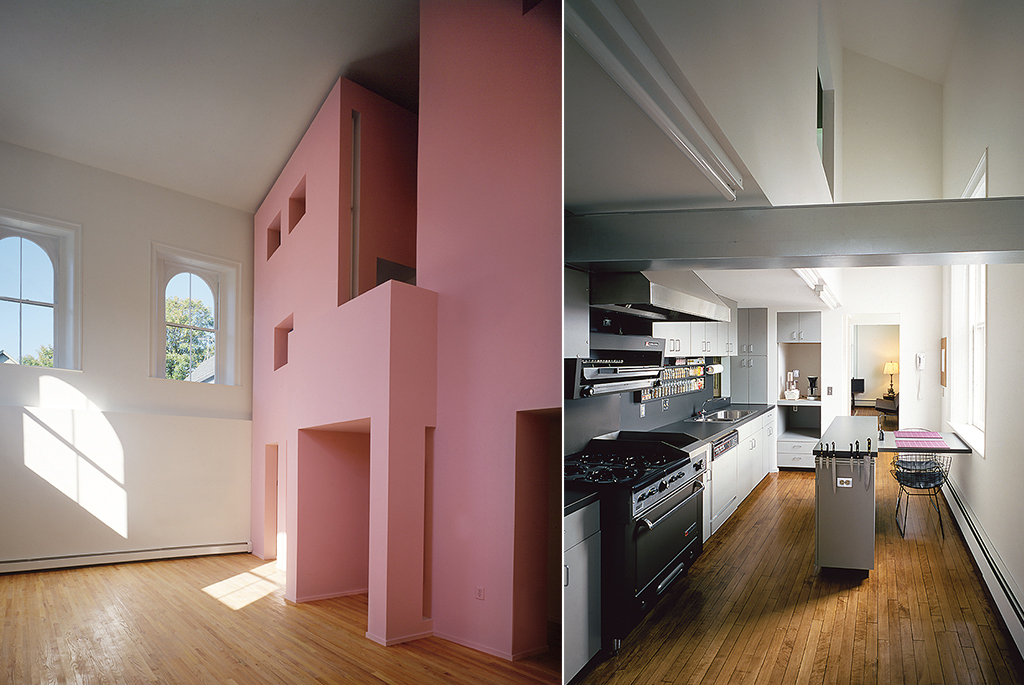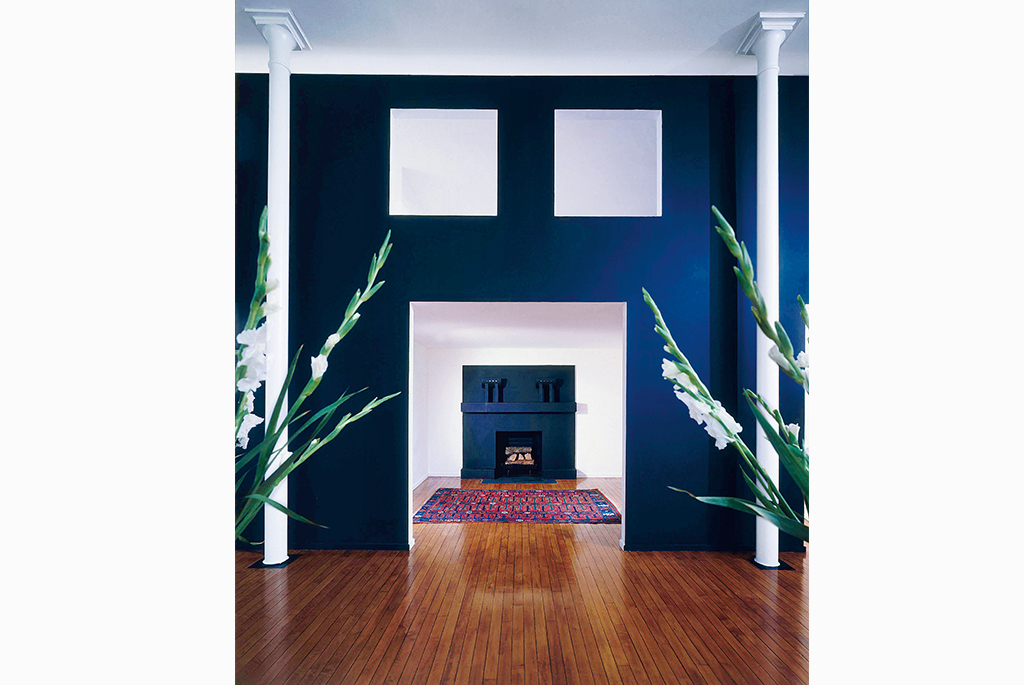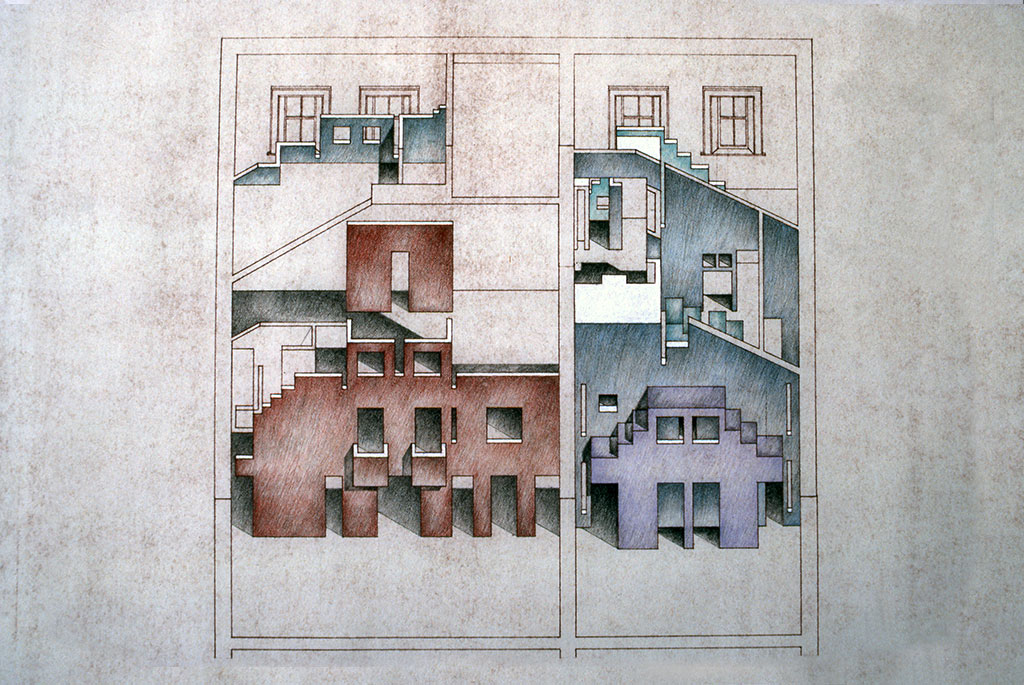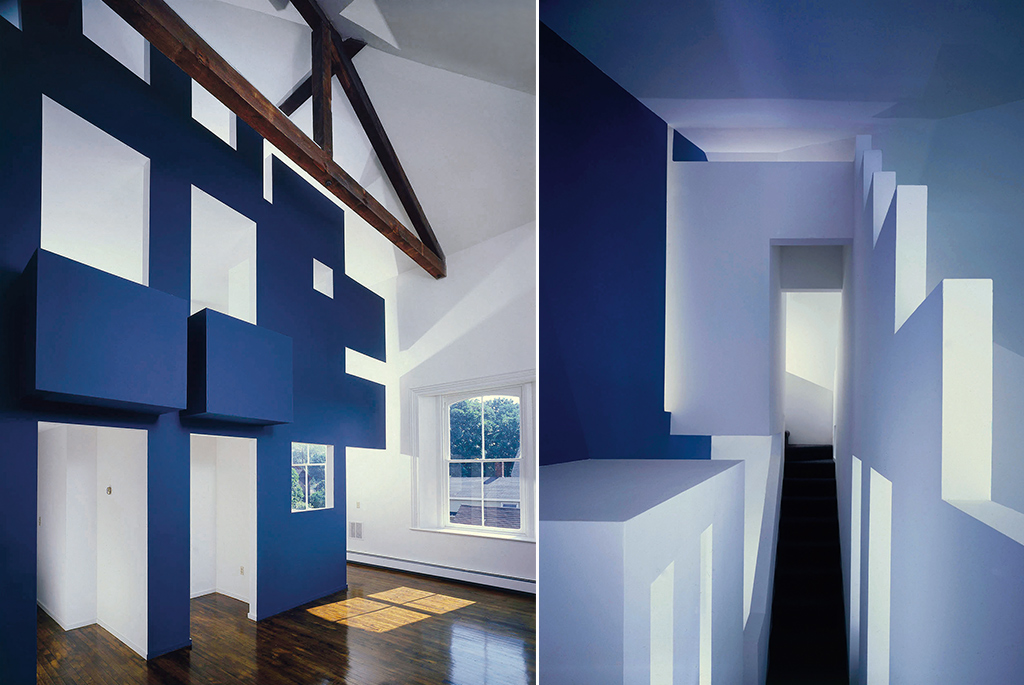Callender School Restoration & Renovation
Project : Callender Schoolhouse Renovation & Restoration
Location : ‘The Point’ section of Newport, Rhode Island
Firm : George Ranalli Architect
Associates: Silman Engineers; Kiley Engineers; Newport Historical Society; Peter Rolland Landscape Architect
Photography: George Cserna, Nick Wheeler
George Ranalli Architect’s exterior restoration and interior renovation of Callender Schoolhouse, a building located in a National Historic Landmark district of Newport, Rhode Island, served to adapt the 1862 building for residential reuse, for Owner William Boggs. The historic restoration of the Callender School’s elegant Italianate exterior was accomplished alongside an interior revision for six unique condominium apartments.
Restoration work to the brick cavity atop a foundation of granite and sandstone revealed the building had been made in two separate segments, over a 20-year period, which provided unique conditions for the benefit of the new interior architecture, such as the original A-frame wood roof trusses and cast-iron columns. Exterior restoration repaired and replaced the building’s original moldings, cornices, and other details, where necessary. An existing interior staircase was also kept as part of the building’s interior circulation system.
The new interior elements gathered toward the center of the building formed living spaces inside the old shell. The solution not only conformed to zoning and local building-code requirements but also created interior ‘façades’ behind which smaller-scale spaces were made. The collective assemblage of these façades, around each apartment’s communal space, off the central hall inside the old school building, achieve a kind of city of residential dwellings within.
The metamorphosis of space required removing the existing second floor ceiling and interior walls in order to recombine portions of basement and attic with existing interior space. A restored interior staircase was extended to create access of common areas in the basement, such as a laundry facilities, sauna, and storage. The original classroom doors were reused to serve as the apartments’ front-and-back entrances. The old classroom spaces were reconfigured to become new living quarters.
In each apartment, inserted habitable form shapes space ‘outside’ for a large living room/dining area, on the first level, soaring to 23-feet, and carves out spaces for a kitchen, casual dining, pantry, powder room, and other amenities, and upper level spaces, including a fireplace inglenook, bedrooms and master bathroom. Up a few stairs, the lofty space is well suited for use as a family room or home office. Architecture borrows the visual trickery of Cubist painters by creating an interplay of color to generate many delightful visual perspectives.
Featured In : Key Interiors since 1900 by Graeme Brooker. Laurence King Publishing (October 1, 2013)
